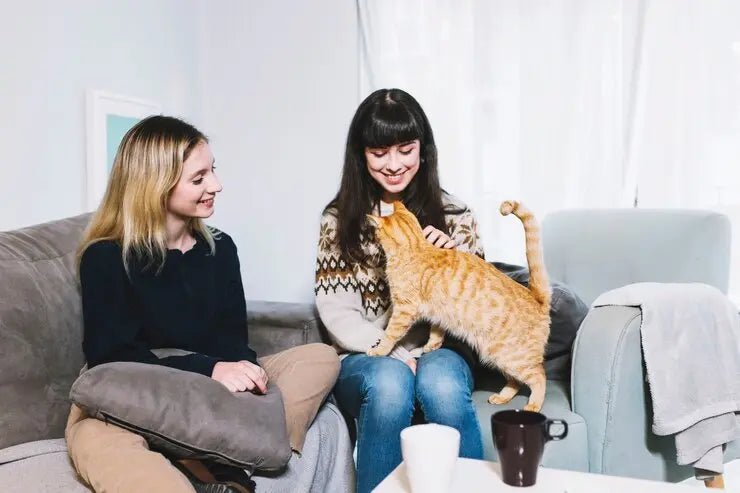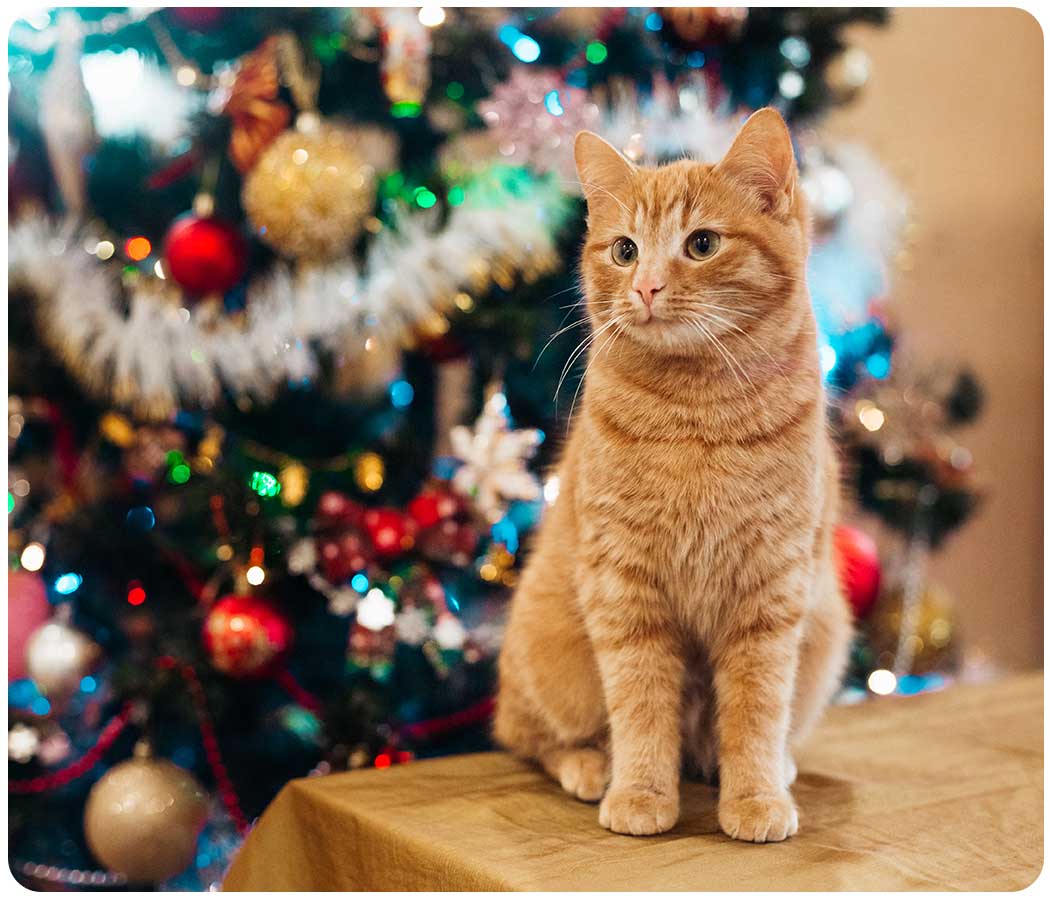
Guiding Your Resident Cat to Welcome a New Friend
Guiding Your Resident Cat to Welcome
Cats are famously territorial, and introducing a new feline friend can disrupt their sense of domain. Their instinct is to guard their space, including you, their food, and even seemingly insignificant things like toys and bedding. This can lead to aggression when a new cat arrives. But fear not, pet parents! With some careful planning, you can create a peaceful coexistence and even encourage a bond between your cats.
Creating a Calm Introduction: Step-by-Step Guide
Separate Spaces for Adjustment
Introducing a new cat to your resident feline can be stressful for both. To ease the transition, provide separate spaces for each cat. The new cat, especially, needs time to adjust to unfamiliar surroundings. Meeting the resident cat right away will only heighten its anxiety.
Equip each space with everything they need: food, water, litter box, comfortable bedding, and scratching posts. This allows the new cat to explore and leave its scent, creating a sense of security.
Scent Swapping for Familiarity
Before a face-to-face meeting, let the cats become familiar with each other's scent. Here's how:
- Swap items: Take toys, bedding, or even a towel used by one cat and place it in the other cat's space. The lingering scent will introduce them to each other indirectly.
Monitor their reactions. Once comfortable with the scent, you can progress to visual introductions.
Chic Kitty Offering their beloved customers the best Pet Supplies in USA. Go and Grab your's.
Gradual Visual Contact with Barriers
The initial days might be tense. Both cats may try to claim the entire territory, and a direct confrontation could lead to aggression. Here's how to use barriers for a safe introduction:
- Install a baby gate or screen door: This allows them to see each other, but prevents physical contact. This initial "peek-a-boo" phase helps them get accustomed to each other's presence.
Remember, patience is key. Keep these steps going until both cats show signs of calmness and curiosity when near the barrier. Then, you can gradually move towards supervised face-to-face interactions.

Requires Patience
Cats can’t magically develop friendship right upon seeing each other. Their natural tendency is to protect themselves from any potential threat. Therefore, both cats must be given enough time, to get accustomed to each other’s presence. The time taken by one cat to get comfortable might be different from the other. It is a slow process, but the result will be a blooming friendship.
How to Make the Cats Develop a Bond After Introducing
Treats and Compliments
Cats are attention-seekers and compliments are always welcomed, which could be used to the advantage of pet owners. By giving them treats or dishing out compliments every time they even put in the smallest amount of effort to develop a friendship with the other cat, will help in the longer run. It would motivate them to continue doing it just so they can get complimented by their owners.
Playtime with Both Cats
It is necessary to have equal playtimes with both the cats to put off any potential territorial fights. Rather, it’s better to play with both the cats at the same time and cat treats can be used to make them play with each other. It will help them in getting closer, and developing friendship, as they get more and more familiar with each other.
Do Not Force
The cats must not be forced to interact with each other, rather they must be let to be on their own. Forced interaction will only lead to upsetting the cats. The cats must explore the house as they please and will interact with the other cat of their own will. Anything forced is considered not to be good.
Train the Cats
Even after the cats are done warming up with each other, there might be few hassles after the introduction period. It is essential to have trained cats to listen to commands, and this will help in resolving the issues in most cases. By training, the cats to listen to commands like stop by showing a flat hand or, by clapping hands, the potential brawls could be resolved.

The pet owners can not be expected to handle every possible situation thrown their way while handling two cats. Hence, the owners must never hesitate from asking for help or suggestions. It is recommended that the pet-owners approach veterinary doctors or cat trainers, who are more knowledgeable about this subject, to find solutions to their problems.
Veterinary doctors or cat trainers can be approached when:
- The cats just don’t seem to be getting along even after a months-long introduction period
- Fights or brawls lasting for an indefinite period, and nothing could be done to resolve them
- When either of the cats seems to upset mentally or physically. The usual signs are when they refuse to eat, start hiding, etc.




